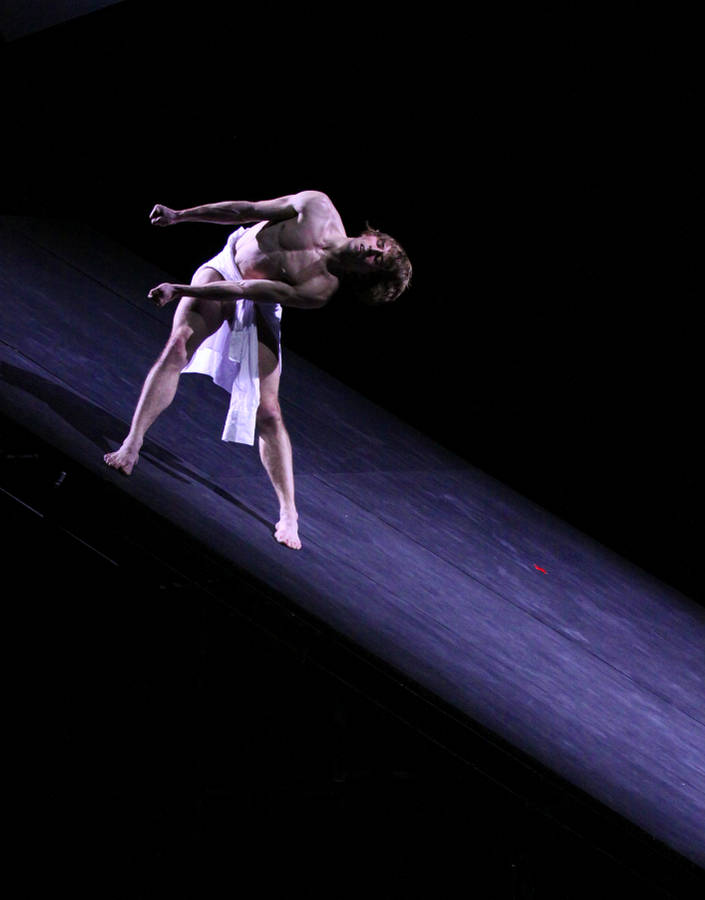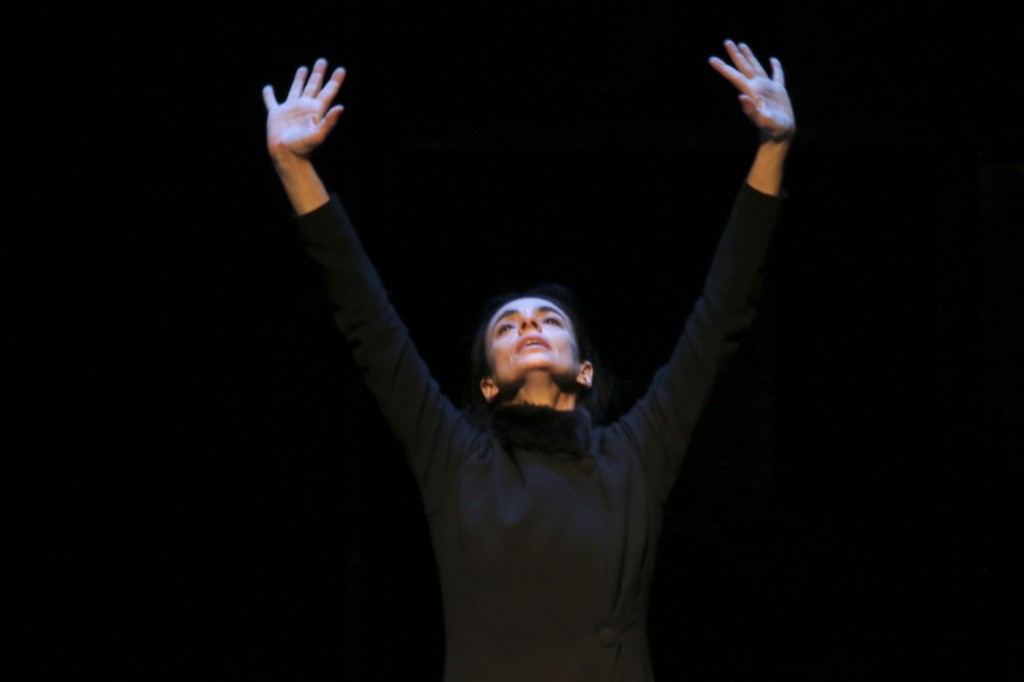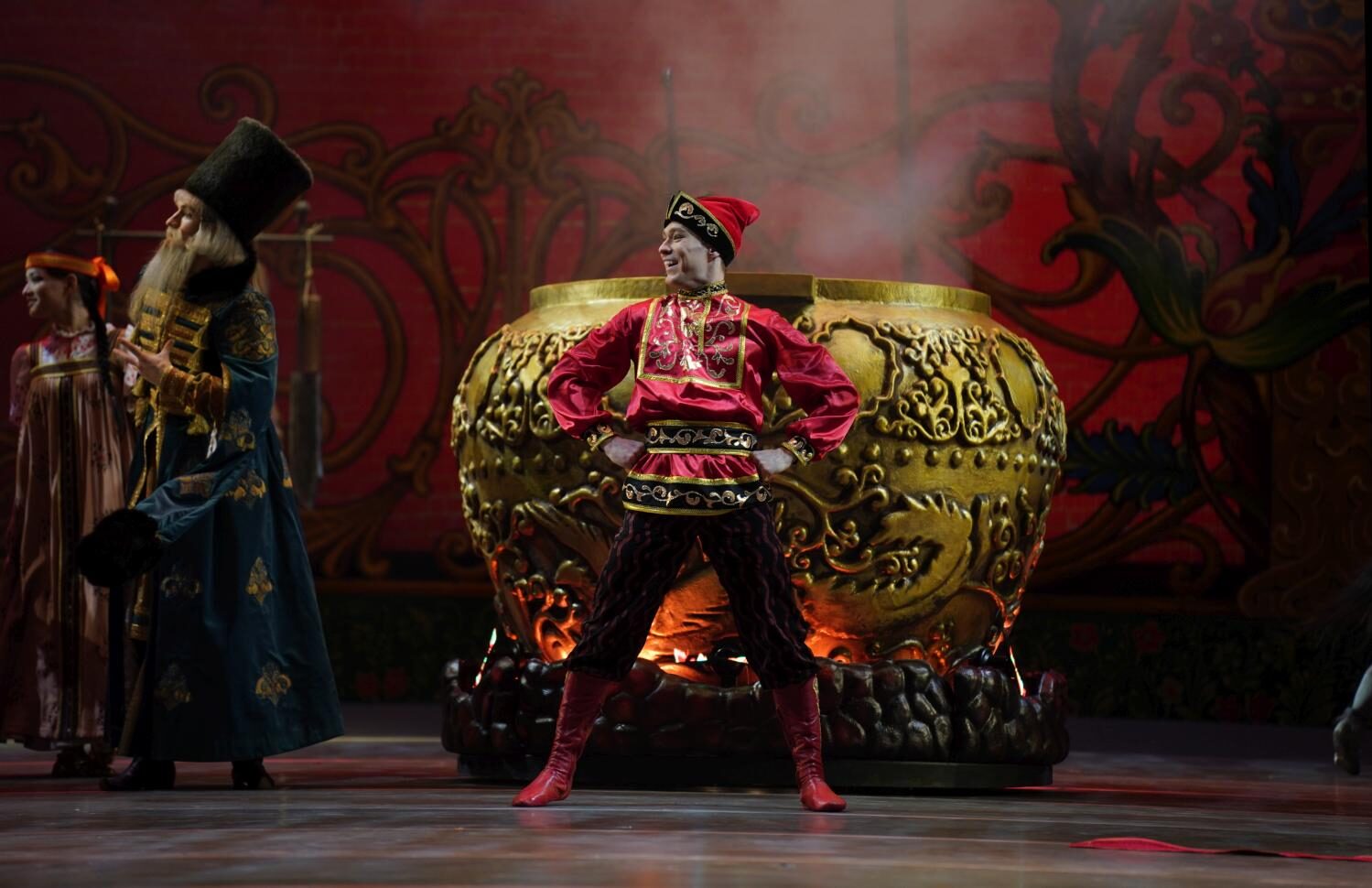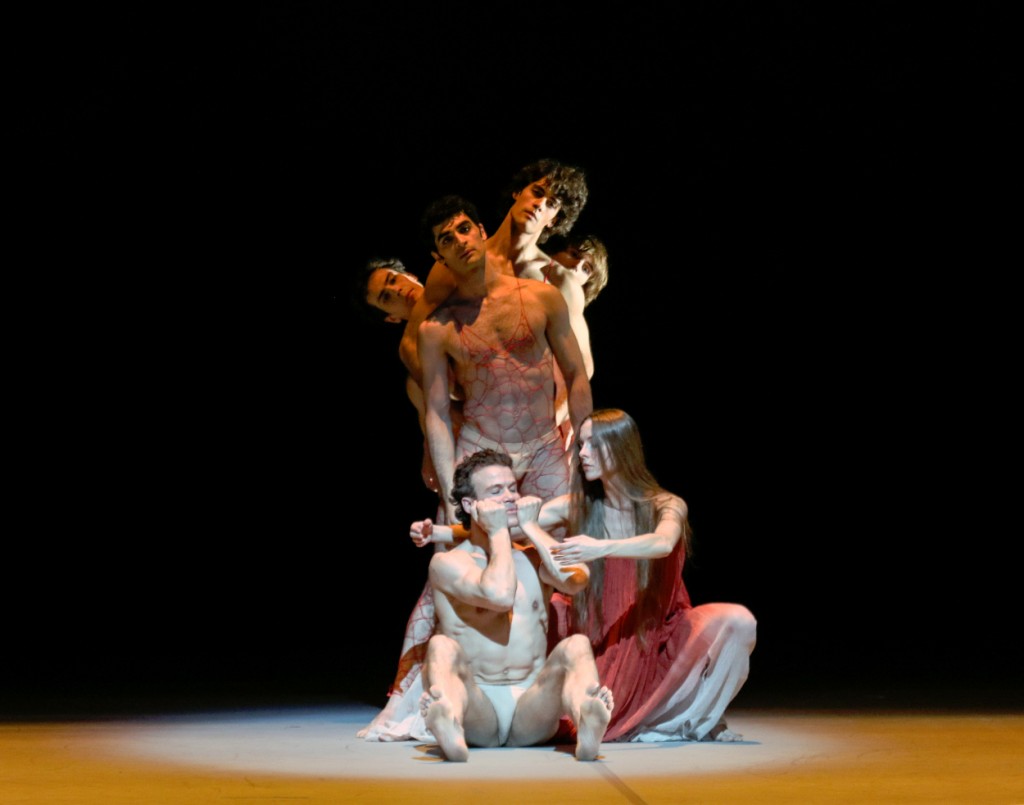“Messiah”
Hamburg Ballet – John Neumeier
Hamburg State Opera
Hamburg, Germany
April 18, 2014
by Ilona Landgraf
Copyright © 2014 by Ilona Landgraf
 This year Hamburg Ballet broke with its (almost) usual practice of performing John Neumeier’s “Saint Matthew Passion”. Instead, the company revived Neumeier’s “Messiah”, a 1999 work to George Frideric Handel’s eponymous oratorio.
This year Hamburg Ballet broke with its (almost) usual practice of performing John Neumeier’s “Saint Matthew Passion”. Instead, the company revived Neumeier’s “Messiah”, a 1999 work to George Frideric Handel’s eponymous oratorio.
For Neumeier, Handel’s oratorio is more than a depiction of Christ’s life of suffering. The oratorio goes back to a time before the Redeemer’s appearance, it includes several prophecies and predictions, it tells of Christ’s birth, of his ordeal and his Ascension. Moreover, it includes the disciples’ spreading the word, the doubters’ rejection of the Christian message, their punishment and also the joy of the ones who are of true faith. Thus, for Neumeier, it is the suffering of all mankind, of all humanity that Handel considered his subject matter.
In the context of the 1998/99 war in Kosovo Neumeier focused on people’s desire and pleading for peace. This certainly has currency and is as relevant as it was a decade and a half ago. Together with Günter Jena, a church music specialist, Neumeier chose arias, choruses, accompagnati and recitatives mainly from the first part of Handel’s threepart “Messiah”. Preferring God as the Prince of Peace, Neumeier omitted such arias as “Thou shalt break them with a rod of iron; thou shalt dash them in pieces like a potter’s vessel”. Recalling a comment by Will Quadflieg (one of Germany’s major post-World War II actors) that during happy moments one has to keep the darkest moments in mind, Neumeier chose – following the triumphal Hallelujah Chorus – to close with Arvo Pärt’s “Agnus Dei”. This put Handel’s apotheosis of God’s omnipotence into perspective. Similarly, Pärt’s “Veni, Sancte Spiritus” as the opening, indicated that a fall was needed to make the subsequent redemption comprehensible. (more…)
 In his latest creation, “Duse”, John Neumeier explores the life of the famous Italian actress Eleonora Duse (1858 – 1924). The ballet received its world premiere earlier in December with Hamburg Ballet. Alessandra Ferri, guesting with the company, is dancing the leading role.
In his latest creation, “Duse”, John Neumeier explores the life of the famous Italian actress Eleonora Duse (1858 – 1924). The ballet received its world premiere earlier in December with Hamburg Ballet. Alessandra Ferri, guesting with the company, is dancing the leading role.






